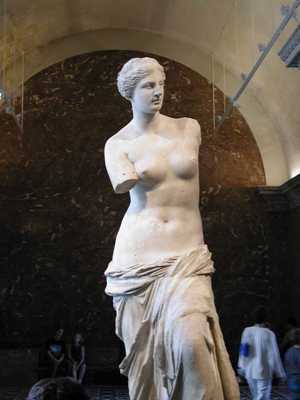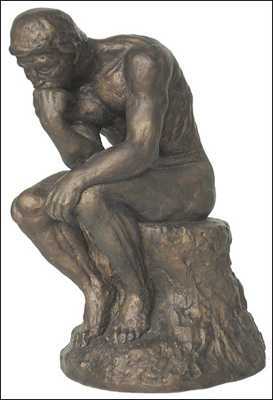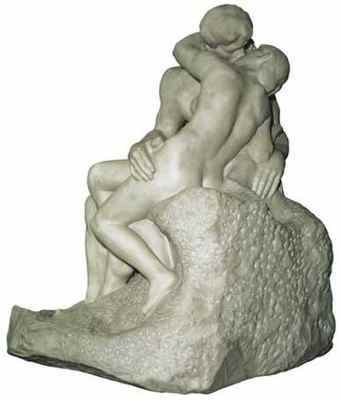David

It's all about the famous paintings and painters in the world.







The Kiss is an 1889 marble sculpture by the French sculptor, Auguste Rodin (1840-1917). This sculpture has a interesting story to it. it depicts the 13th-century Italian noblewoman immortalized in Dante’s Inferno, who falls in love with her husband, Giovanni Malatesta’s, younger brother Paolo. Having fallen in love while reading the story of Lancelot and Guinevere, the couple are discovered and killed by Francesca’s husband. In the sculpture, the book can be seen in Paolo’s hand. The lover’s lips do not actually touch in the sculpture to suggest that they were interrupted, and met their demise without their lips ever having touched. When critics first saw the sculpture in 1887, they suggested the less specific title Le Baiser (The Kiss).


The sculpture, known as the Bird Girl, was created in 1936, by sculptress Sylvia Shaw Judson (1897-1978) in Lake Forest, Illinois. It achieved fame when it was featured on the cover of the 1994 novel, Midnight in the Garden of Good and Evil. It was sculpted at Ragdale, the summer home of her family. Bird Girl is cast in bronze and stands 50 inches tall. She is the image of a young girl wearing a simple dress and a sad or contemplative expression, with her head tilted to the left. She stands straight, her elbows propped against her waist as she holds up two bowls out from her sides. The bowls are often described by viewers as “bird feeders.”

Made in the 1440’s, by Donatello (1386-1466), Bronze David is one of the most famous sculptures today. It is notable as the first unsupported standing work in bronze cast during the Renaissance period, and the first freestanding nude male sculpture made since antiquity. It depicts the young David with an enigmatic smile, posed with his foot on Goliath’s severed head just after killing the giant. The youth is standing naked, apart from a laurel-topped hat and boots, bearing the sword of Goliath. There is also much speculation as to when it was built. Suggested dates vary from the 1420s to the 1460s, although the exact date is not known.